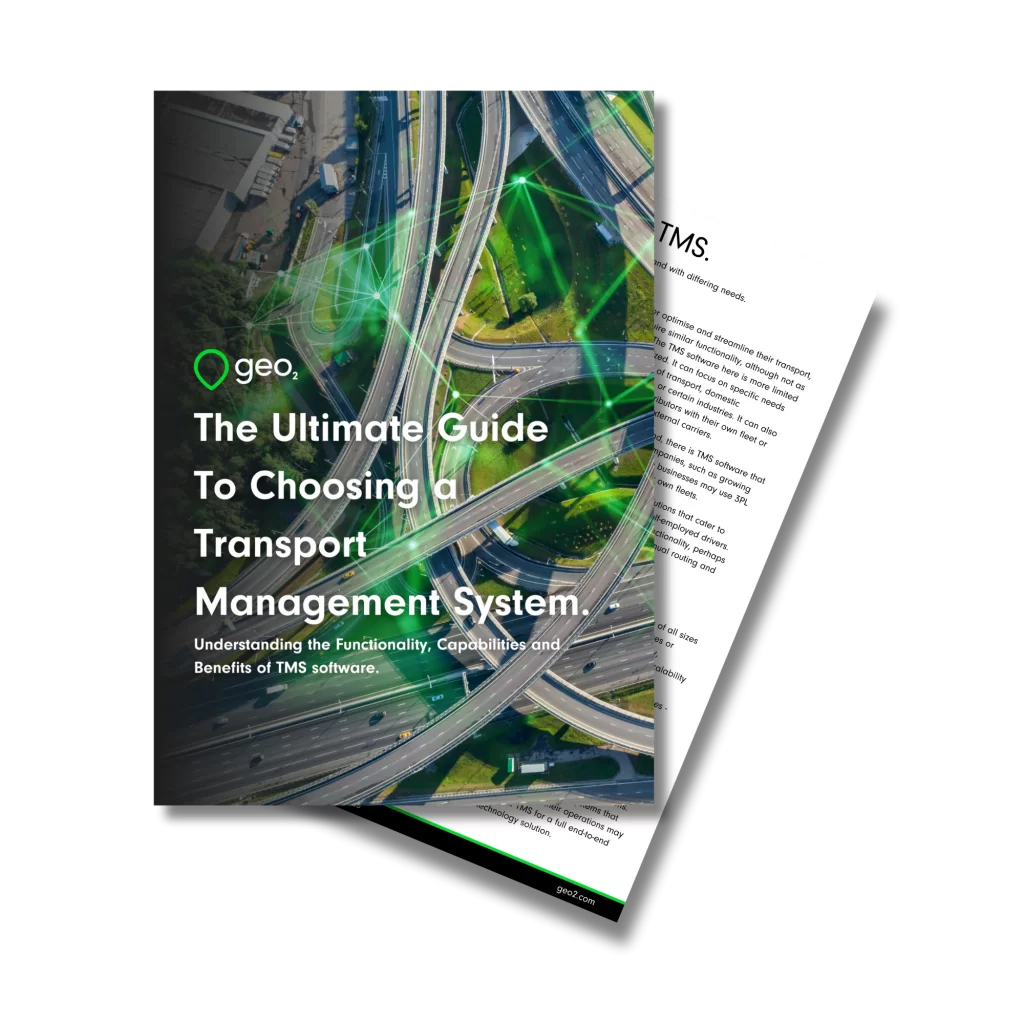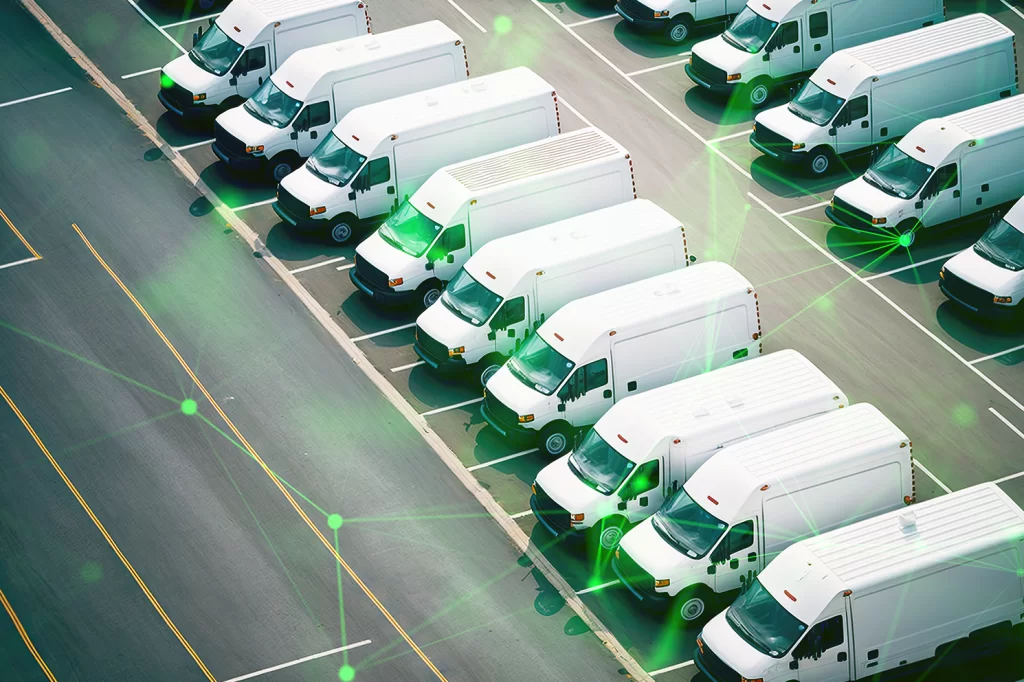
Top 7 Problems Delivery Drivers Face.
Introduction.
The logistics industry thrives on the reliability and efficiency of delivery drivers—those who are the backbone of ensuring goods reach their destinations. However, behind the scenes, drivers encounter numerous challenges that can impact their workday and overall well-being. In this comprehensive exploration, we will delve into the top seven problems delivery drivers face, acknowledging their struggles and considering potential solutions. For a deep dive into statistics and personal experiences of drivers, check out this insightful report from Scandit.
Need help choosing a TMS?
Download the Free Guide Now.

Table of Contents.
1. Traffic and Road Conditions
One of the most common gripes for any driver is the unpredictable nature of traffic. Congestion on the roads can create significant delays, disrupt route planning, and heaps stress upon the shoulders of delivery drivers who are bound to tight schedules.
Navigating through this chaotic maze requires patience and skill, especially when dealing with road constructions or accidents that further compound the issue. Companies must consider these factors when planning delivery windows to reduce pressure on drivers.

Table of Contents.
2. Time Pressure and Deadlines
The pressure of meeting deadlines can be immense. With next-day and even same-day delivery becoming the norm, delivery drivers often have to race against time to fulfill their duties. This emphasis on speed can sometimes lead to haste, impacting the quality of delivery and even leading to traffic incidents. Moreover, drivers may need to work long hours to meet the demands, which can take a toll on physical and mental health.
3. Weather Conditions
Whether it’s blistering heat, torrential rain, or icy roads, weather conditions pose significant challenges to delivery drivers. Not only do severe weather conditions present a threat to safety, but they can also slow down deliveries, leading to missed deadlines and dissatisfied customers. It’s crucial for drivers to be adequately trained for these conditions, and for courier companies to have contingency plans in place.

4. Heavy or Bulky Packages
The physical aspect of the job shouldn’t be underestimated. Handling heavy or cumbersome packages regularly can lead to muscle strain and long-term injuries. While equipment such as dollies and lift gates can assist, they may not always be available or suitable for the context of the delivery. Organizations should prioritize driver safety through proper training and tools to handle heavy items.

5. Interactions with Customers
Delivery drivers often face the challenge of managing customer expectations and dealing with a variety of personalities. Negative interactions can range from dealing with dissatisfied customers to confronting situations where safety is a concern. Companies can support drivers by establishing clear protocols for managing difficult customer situations and offering de-escalation training.
6. Vehicle Maintenance
A delivery driver’s vehicle is both workspace and tool; thus, its maintenance is paramount. Unaddressed mechanical problems not only pose a risk on the road but can also lead to downtime and lost income. Routine maintenance checks and having a robust support system for repairs can help circumvent these issues.

7. Lack of Proper Infrastructure
The final point touches on the infrastructure that supports drivers, such as quality rest stops, secure parking lots, and sanitary facilities. These are essential for driver health and morale but are often scarce. Improvement in this area requires action from businesses and policymakers alike to provide the necessary amenities.
Conclusion
Delivery drivers are in a relentless battle with the clock, the elements, and the expectations placed upon them. As clients, companies, and colleagues, recognizing these challenges is just the first step—active engagement in addressing these issues will mark the road towards a more sustainable and respectful delivery ecosystem.
Tips for Delivery Driver Wellbeing:
- Advocate for realistic delivery schedules
- Employ route optimization tools to bypass congested areas
- Invest in ergonomic gear for handling packages
- Foster respectful and clear communication with clients
- Prioritize regular vehicle maintenance checks
- Push for better infrastructure to support the health and safety of drivers
Delivery drivers are the pulse in the veins of commerce, often overlooked yet indispensable. Understanding their hardships is imperative for implementing effective solutions that ensure their productivity and well-being.
For more insights into the state of delivery logistics and the experiences of drivers, visit the Scandit report.






